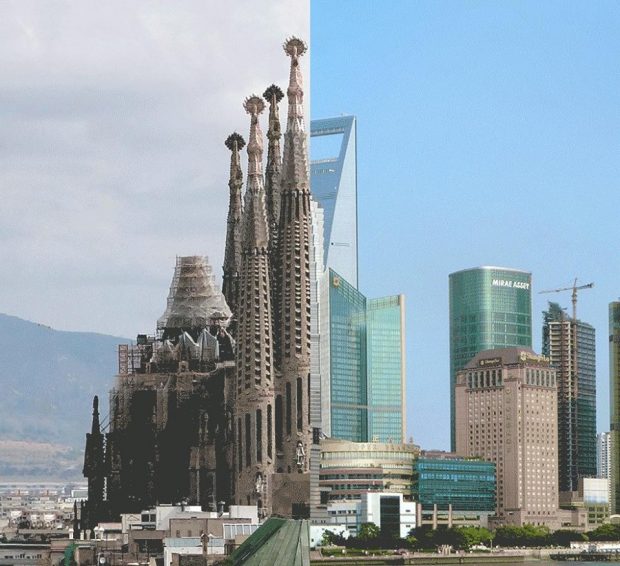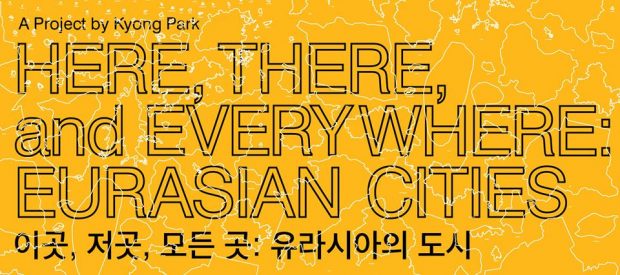from - to
01 Sep 2016 - 04 Jun 2017
Imagining New Eurasia project

 For centuries, Asia and Europe were thought to be separate and distinct. Silk Roads and the like are proof that the geography of the continent is a unifying force. Today, Eurasia is once again becoming one. Besides the Trans-Siberian Railways, now the New Eurasian Land Bridge connects Lianyungang with Rotterdam to allow shipments of materials from China to Europe. There are more proposals for new railroads and highways between China, India and Southeast Asia, while Russia has even proposed tunnels and bridges across the Bering Strait to North America. Furthermore, there are also many newly built and proposed oil and gas pipelines that will remake the Middle East and Central Asia a land of connections and exchanges, as they were during the old Silk Roads era and beyond.
The project imagines new relations between East and West, and a renewed identity for Eurasia. Through a narrative sequence of three distinctive chapters, each with different subjects, Imagining New Eurasia Project will present the importance of cities, networks and territories. In so doing, the project envisions how the movements of commerce, migrations and cultural exchanges could bring about an age of balance, where greater relations and understandings between different societies could help avoid clashes of civilizations.
— Kyong Park
For centuries, Asia and Europe were thought to be separate and distinct. Silk Roads and the like are proof that the geography of the continent is a unifying force. Today, Eurasia is once again becoming one. Besides the Trans-Siberian Railways, now the New Eurasian Land Bridge connects Lianyungang with Rotterdam to allow shipments of materials from China to Europe. There are more proposals for new railroads and highways between China, India and Southeast Asia, while Russia has even proposed tunnels and bridges across the Bering Strait to North America. Furthermore, there are also many newly built and proposed oil and gas pipelines that will remake the Middle East and Central Asia a land of connections and exchanges, as they were during the old Silk Roads era and beyond.
The project imagines new relations between East and West, and a renewed identity for Eurasia. Through a narrative sequence of three distinctive chapters, each with different subjects, Imagining New Eurasia Project will present the importance of cities, networks and territories. In so doing, the project envisions how the movements of commerce, migrations and cultural exchanges could bring about an age of balance, where greater relations and understandings between different societies could help avoid clashes of civilizations.
— Kyong Park
Similar content
posted on
21 Nov 2019
posted on
11 Sep 2015
posted on
12 Mar 2021
posted on
15 Dec 2021
posted on
30 Mar 2022
posted on
17 May 2023





